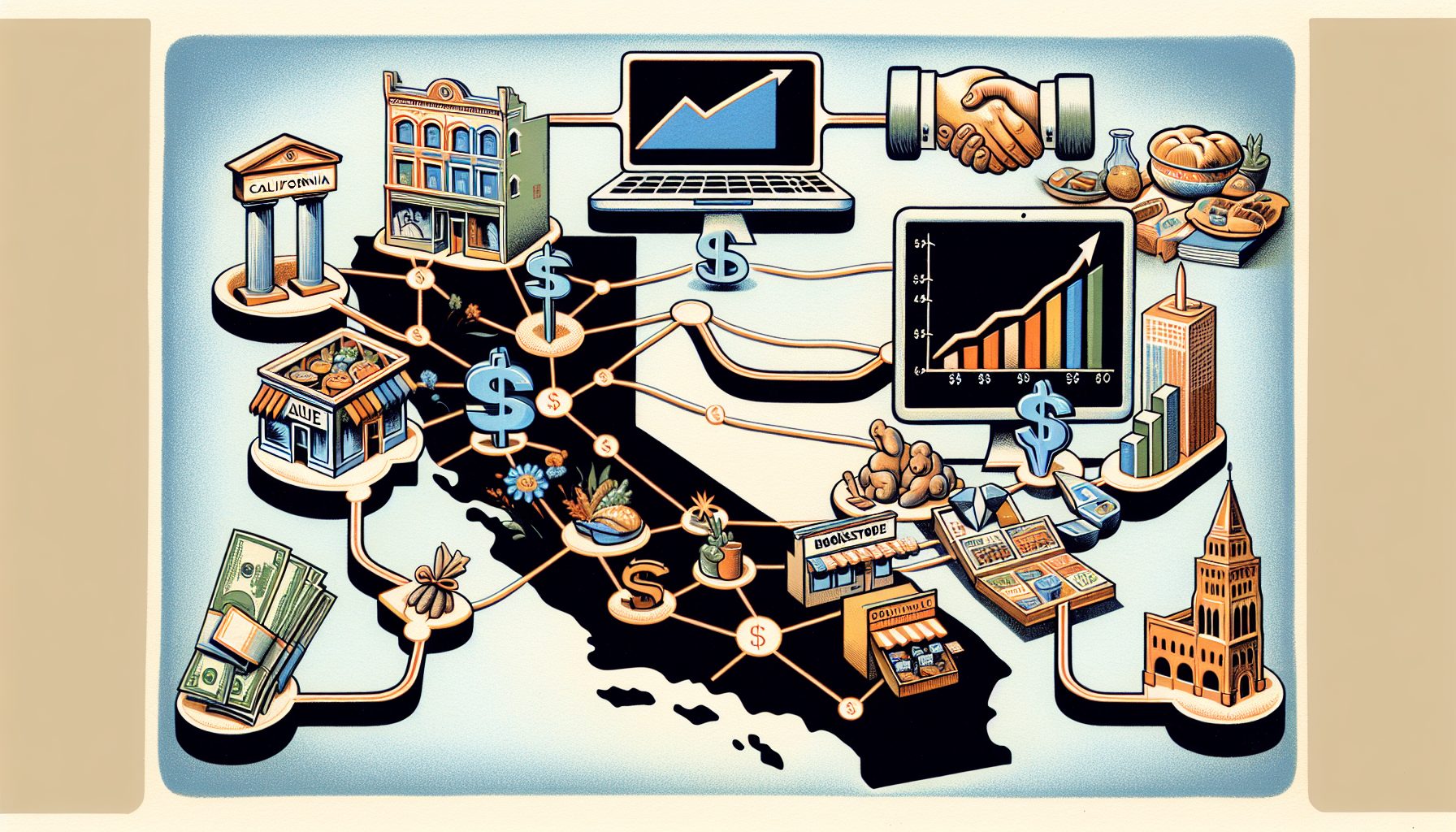By Samuel Greengard
The insurance business has always revolved around people and connections. The ability to engage agents and clients effectively is the key to building the right product for the right situation.
As a result, Ohio-based Celina Insurance, a multiline insurance carrier with about 600 independent agents operating in seven states, has focused on social media and knowledge sharing to underwrite a more successful business.
“In the past, we had become very silo oriented,” recalls Rob Shoenfelt, senior vice president and CIO. “We had entire departments that weren’t speaking to other departments, which resulted in a great deal of inefficiency. People were duplicating each other’s work. In some cases, there was a lot of wasted effort.”
What’s more, as the company has turned to mobility—including smartphones and tablets—new needs have emerged. For one, there was a need to connect employees in different cities and offices. For another, collaboration has become a key as employees time-shift their schedules and work at different hours.
“People are working in a way that fits their lifestyle and needs,” he explains. “They may work an evening so they can take time off the following morning. Customers expect that we will address their needs on their schedule, and we must be equipped to do so.”
Although the company had made initial forays into collaboration and knowledge sharing in the 1990s, Celina is now in the process of adopting next generation tools and systems to build more effective collaboration and interaction through social media. It has turned to IBM Notes and Domino 9 Social Edition, which provides front-line business employees across marketing, development, human resource and other groups with a single access point for all their social collaboration tools.
The system is part of an overall initiative aimed at providing both the tools and training necessary to cope with increasingly challenging digital-age business requirements. “We have people asking questions and attempting to get information from colleagues,” Shoenfelt says. “In some cases, they are in need of specific information.
“Instant messaging and email alone weren’t adequate for the full range of tasks that Celina employees and agents required. There was a growing need for a more integrated approach that incorporates blog postings, discussion threads, social media feeds, e-mail and IM.”
The initiative has created the need for cultural changes, Shoenfelt adds. Among other things, the company has focused on educating employees and agents about the value of sharing information—both for themselves and for the company.
“They are seeing that there is no longer a need to engage in multiple layers of communication to get work done,” he says. “We don’t have the miscommunication and the resulting problems that plagued the company in the past.”
Shoenfelt says that the initiative is all about building a more agile and flexible work model. Over the last few years, Celina Insurance has evolved from about 250 employees and $60 million in revenue to about 165 employees and $110 million in revenue.
“Information technology—including social media and knowledge sharing—has helped create productivity gains that weren’t possible in the past,” he concludes. “We are undergoing a remarkable transformation, and social media is at the center of it.”









